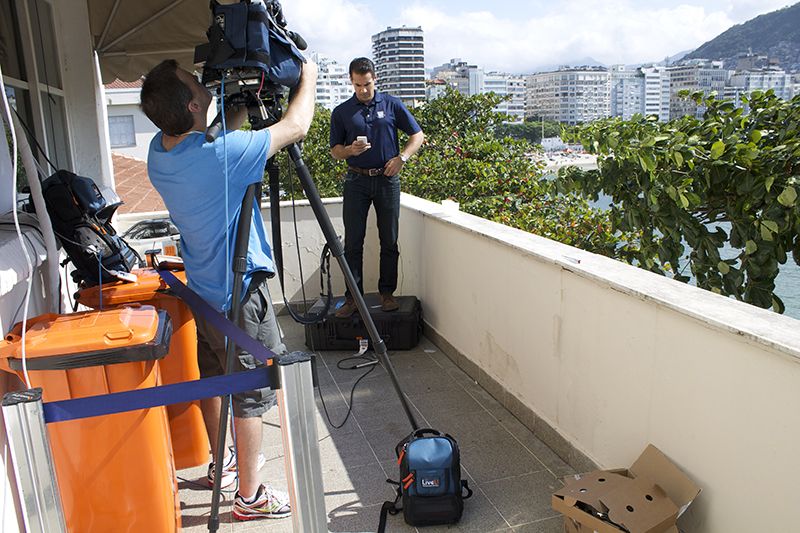World Cup News Coverage: 4 Years, Major Shift in Broadcast Practices
They all had excellent performance, reaching as high as 8Mbps uplink speed thanks to the recently launched 4G networks in Brazil, with a stadium already packed with about 68,000 fans who were posting on social media (and chanting) ahead of the Brazil-Croatia game.
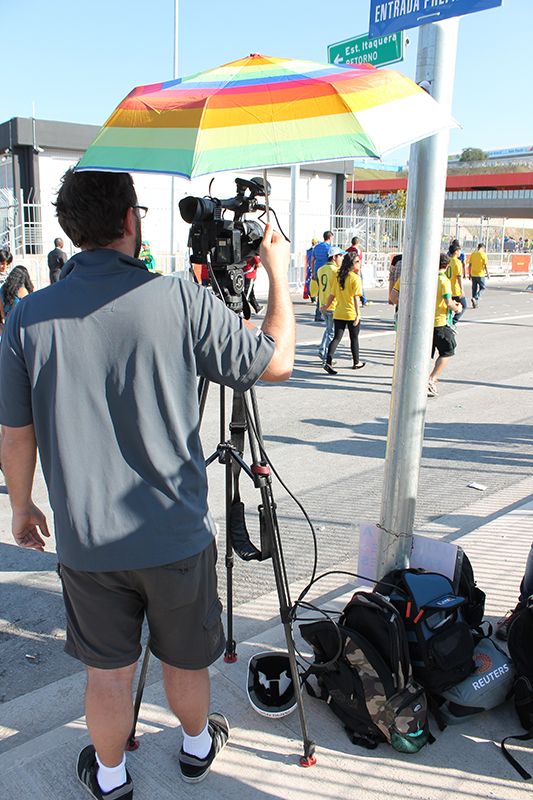
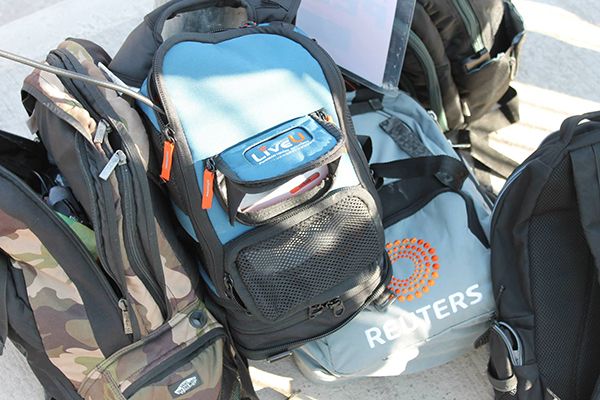
Reuters in Sao Paulo
In the four years that passed between the 2010 World Cup in South Africa and the 2014 World Cup in Brazil, a dramatic change has occurred in the way that broadcasters cover news, thanks to the rapid evolution and adoption of cellular bonding technology.
In the 2010 World Cup in South Africa, LiveU provided 36 of our LU30 backpacks, which were utilized by approximately 20 broadcasters from around the world. The only data networks available at the time were 3G, and average bitrates at the tournament hovered around 1.5Mbps, supporting SD video transmission. Broadcasters there mainly used LiveU as either an add-on to satellite for hard-to-reach places or as a backup solution.
Fast forward to the 2014 Brazil World Cup, and we had 200 (!) LiveU units on the ground at the start of the games in Brazil, with 80 broadcasters, from over 30 countries. Our transmission backpacks, such as our latest lightweight LU500, are offering satellite-like HD pictures at very low delay across Brazil.

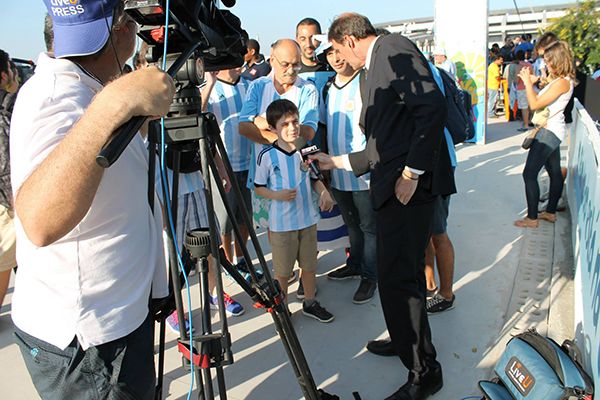
ESPN in the Maracana Stadium in Rio
Now, broadcasters can easily travel between the 12 host cities in Brazil without worrying about renting expensive satellite trucks or vehicle access. Nor do they need to be tethered to the official broadcast center located in the outskirts of Rio. The result: more broadcasters than ever before can cover an event as large as the World Cup from many more locations, and offer a lot more exciting live content. Since the beginning of the tournament, we’ve seen LiveU customers go live from stadiums before and after games, from team hotels, from the picturesque landscapes of Rio and Copacabana, from the crowded FIFA Fan Fests, and even from some of Brazil’s more remote areas such as Manaus in the Amazon. If you walked near a stadium, airport, press area, or famous beach in Brazil during the group stage of the tournament, chances were you would run into several LiveU units.
For large broadcasters, LiveU technology is helping get simultaneous live feeds from all host cities, in a very cost-effective way. For smaller stations that follow one specific team, it means that the crew can fly with their LiveU backpack from one city to the next, and allow live shots for the first time from many new places. The advancement in both cellular networks and cellular bonding technology itself also helped broadcasters view the technology as reliable. In many cases, LiveU is the exclusive transmission method that broadcasters are using for their live news coverage from the World Cup.
In fact, with the above-mentioned 200 units and 80 customers on the ground, LiveU has now become one of the largest single uplink providers for the tournament — satellite and fiber providers included. Specifically, in regards to cellular transmission, the numbers are even more impressive: LiveU has more than three times the number of units in Brazil as all other cellular-based solutions combined!
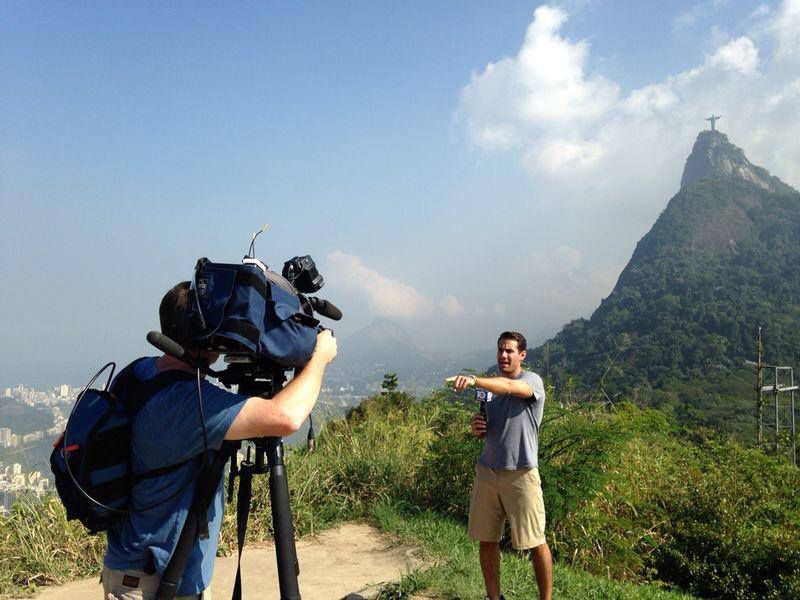
Anatomy of Big Event Deployment
So how do you pull off such a large-scale event? LiveU works with local partners around the world to distribute our technology. In Brazil, our local partner, UCan Transmission, has played a critical role in getting the project off the ground: obtaining the regulatory permission to ship a large number of LiveU units into Brazil, securing over 1,200 phone lines and SIM cards for our units, applying for Anatel certification (the Brazilian equivalent of the FCC), hosting the visiting LiveU reps, installing all the units, and distributing them from the UCan headquarters in Sao Paulo to customers’ bureaus and hotels all around Brazil. All the while having to navigate a tricky local customs system, various local holidays that coincided with the World Cup, and transit strikes and protests that threatened to bring the country to a halt in the days leading up to the tournament. Yet our partner was able to overcome the challenges and successfully fulfill the orders.
We look forward to serving our international customers in Brazil again at the 2016 Summer Olympics!
